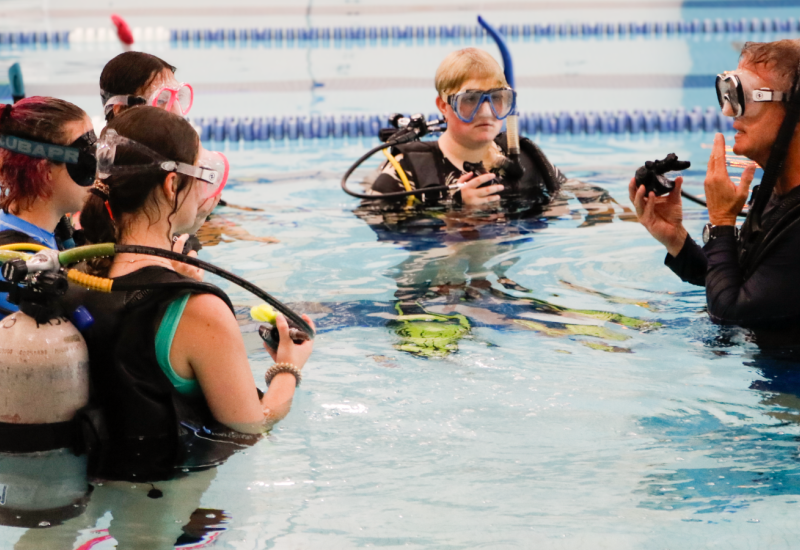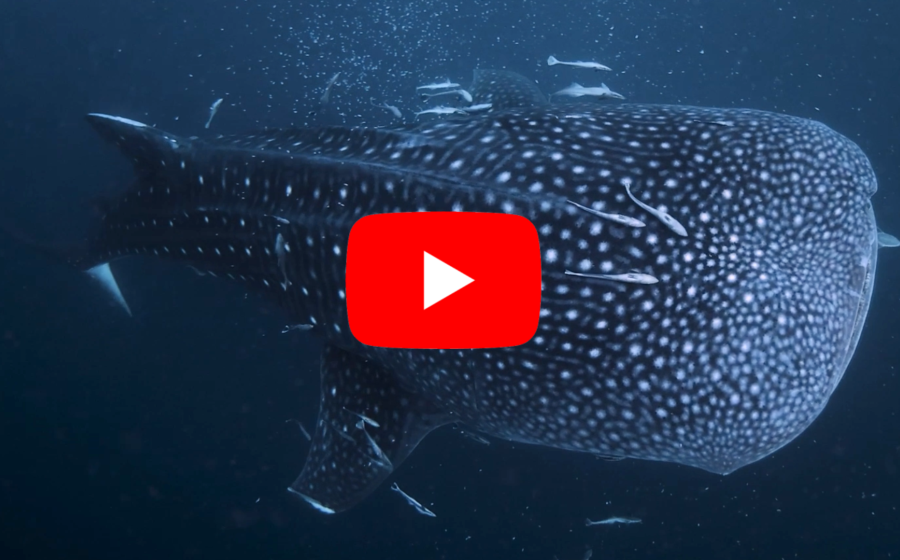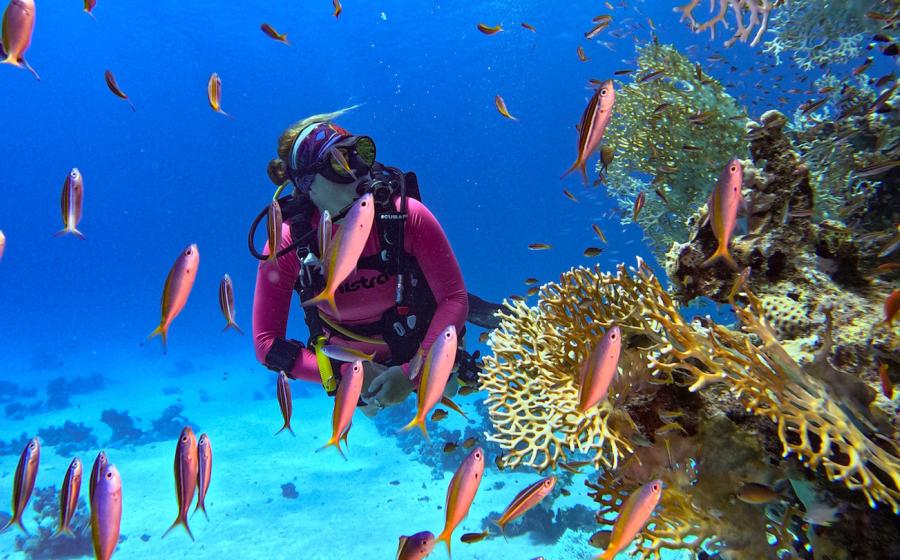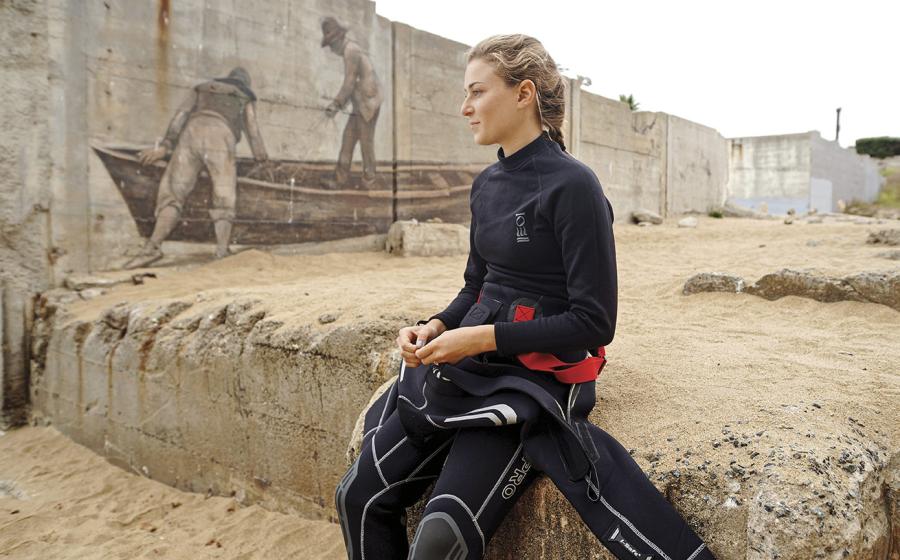Experienced Cave Divers Die During Underwater Exploration
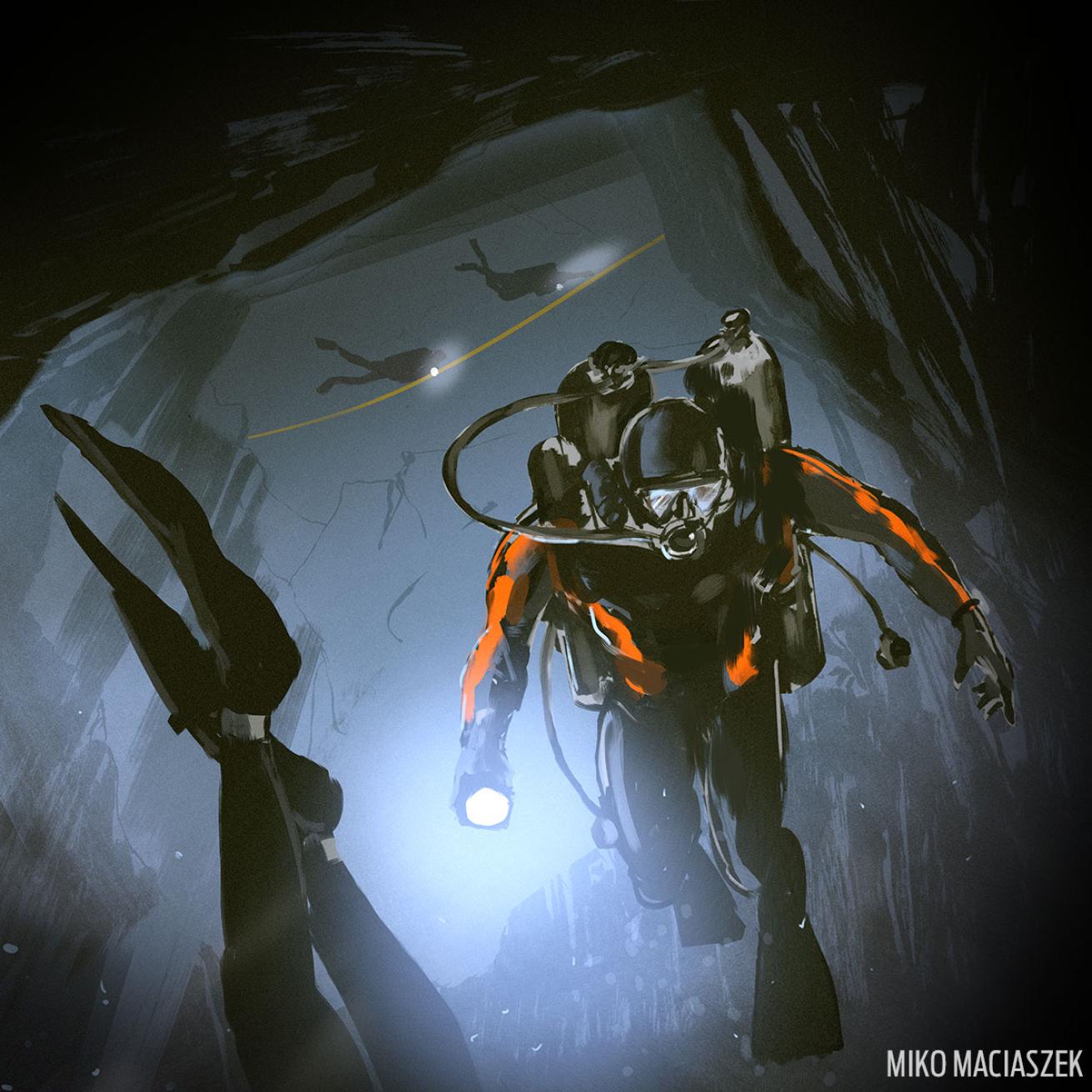
Miko MaciaszekReel It In
Overconfidence has deadly consequences.
For Brad and Lee, there was no greater thrill than finding new passageways in underwater cave systems — especially networks they had explored before. The idea that more people have been on the surface of the moon than in some of the caves they visited kept them going. It was all about the thrill of discovery.
When Brad noticed a small corridor leading off the main cave system, he signaled to Lee that they should check it out. She immediately agreed. They didn’t let the other buddy team on the dive know they were taking off; they planned to be gone from the main line for only a minute. They just wanted to take a quick look so they could return later to map it for their records.
After looking around for a few minutes and confirming they had found a cave neither had ever seen before, Brad signaled that they should return to find the other dive team. They turned around, heading back the way they came, but never found the main cave or the line the other divers had laid down.
THE DIVERS
Brad and Lee were husband and wife. They found that their long relationship aided in their cave explorations, helping them to anticipate each other’s moves before they happened.
Both were experienced cave divers who had similar goals when it came to exploration. Brad was a cave-diving instructor and typically led the way, but Lee was never far behind him. They were in their mid-40s with no health issues to speak of.
Brad and Lee joined a second pair of divers to explore a cave system all four of them knew well. Even though they had dived the site many times,
Brad and Lee never stopped looking around for new offshoot caves. Most of the time, they didn’t see much. New passages would go only a few feet before closing off to nothing, but it didn’t keep them from searching.
THE DIVE
Both divers on the other team had been certified for cave diving by Brad, so he knew their skills and was comfortable with them. As a group, they agreed that the two less-experienced divers would lead, laying out the cave reel and controlling the dive. A cave reel is a strong, thin line attached outside — or just inside — a cave opening that divers use to find their way back to the surface. In general, divers know to never leave the reel without tying another line to it so they don’t get lost in the system.
When crafting a dive plan, cave divers determine their bottom time using the Rule of Thirds: allocating one third of their air for cave penetration, one third for the return to the surface, and the remaining one third for contingencies — though some prefer having even greater reserves. Brad and Lee agreed that when any member of the dive pair hit the Rule of Thirds and determined it was time to exit the cave circuit, they would all four begin making their way toward the surface.
Recent rains had churned up the water somewhat, fouling the visibility, but they all agreed that the conditions would make the dive more interesting.
THE ACCIDENT
The foursome entered the freshwater spring and made their way to the cave-system entrance. The lead diver secured his line outside the cave and confirmed that everyone was ready to enter before he moved forward. His buddy went second, followed by Brad. Lee entered the circuit last.
Visibility was worse than expected, but they still moved forward. Brad often said, “Any day diving is a good day,” so none of them considered aborting the dive at that point.
To keep from interfering with the first team, Brad and Lee held back a bit. When one of them noticed a small opening off to one side of the corridor, they decided to check it out. Both divers were carrying cave reels of their own, but neither pulled them out to secure a jump line to the one their friends had laid.
There is no way to know what happened next, but when the first buddy team turned the dive and began heading toward the surface, they realized Brad and Lee were no longer following them. They assumed there had been a problem and that Brad and Lee aborted the dive, so they continued reeling in their line as they left the cave. It was only after they returned to the surface that they realized Brad and Lee were missing. They knew the divers were still in the cave somewhere.
Brad and Lee’s bodies were later recovered 250 feet from the cave entrance. Both divers had completely exhausted their air supplies.
ANALYSIS
Brad and Lee broke a cardinal rule of cave diving, one they both knew very well: Never leave the main line without attaching a jump line to it to ensure that you can find your way back out. The couple let their own familiarity with the cave system override their decision-making, and that got them in trouble.
If Brad and Lee had tied off a jump line, they could have easily followed it back to catch up with the other divers. And if Brad and Lee were still in the offshoot when their friends came back, the line would show the other divers that they were still underwater. Then the other team could have waited, or left the primary cave line in place.
Cave divers typically do not leave cave lines tied off in an effort to keep untrained divers from following them. The first dive team could have left a slate where they found the jump line tied off to say they had exited and to ask Brad to bring the reel to the surface. None of that happened.
There is an important lesson to learn from this dive accident, even for noncave divers. Brad and Lee were overconfident and chose to break the rules, rules Brad taught to all of his students. Too often, experienced divers and instructors believe they can rely on their experience to solve a problem that never should have come up in the first place.
There are no “diving police” to catch you if you violate any rule of diving. Often, people can take risks and violate safety rules and make it back to the surface without a problem — that is, until the one time things don’t go their way.
Don’t take shortcuts or fail to prepare for the diving environment. Underwater is an unforgiving place, and the moment you don’t take it seriously, you are at risk. Watching your pressure gauge drop to zero is no way to spend the last few minutes of your life.
LESSONS FOR LIFE
1 Get Proper Training and Equipment Diving in any overhead environment is a sure way to get in trouble if you don’t know what you’re doing.
2 Follow the Rules Safety rules in scuba diving were often created based on other people’s mistakes. Learn from that.
3 Protect Yourself There is nothing underwater worth dying for. Follow the safety rules and live to dive another day.
Eric Douglas co-authored the book *Scuba Diving Safety, and has written a series of adventure novels, children’s books, and short stories — all with an ocean and scuba-diving theme. Check out his website at booksbyeric.com.*
About Lessons for Life
We're often asked if the Lessons for Life columns are based on real-life events. The answer is yes, they are. The names and locations have been removed or altered to protect identities, but these stories are meant to teach you who to handle a scuba diving emergency by learning from the mistakes other divers have made. Author Eric Douglas takes creative license on occasion for the story, but the events and, often, the communication between divers before the accident are entirely based on incident reports.



